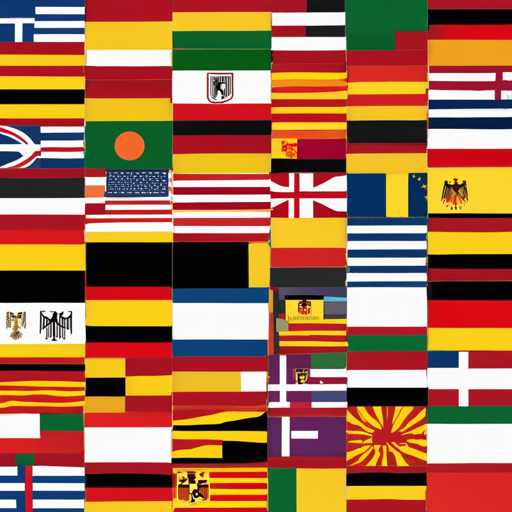Welcome to your go-to guide on leveraging the German-Catalan translation model using OpenNMT! In this post, we’ll walk through the process of setting up your environment, executing translations, and even troubleshooting common issues. Let’s dive into the intricacies of multilingual machine translation!
Introduction
The German-Catalan translation model for OpenNMT is an efficient tool designed to provide seamless translations between these two languages. These models, which are already in production at Softcatalà’s Translator, have been optimized for low-latency performance, making them suitable for various applications.
Setup Instructions
Before you can start translating, you need to install a few necessary dependencies. Here is how to achieve that:
Step 1: Install Dependencies
pip3 install ctranslate2 pyonmttokStep 2: Tokenize and Translate Using Python
Once you’ve installed the dependencies, follow these steps to tokenize and translate a sentence:
import ctranslate2
import pyonmttok
from huggingface_hub import snapshot_download
# Download the model
model_dir = snapshot_download(repo_id="softcatalatranslate-deu-cat", revision="main")
# Initialize tokenizer
tokenizer = pyonmttok.Tokenizer(mode="none", sp_model_path=model_dir + "/sp.m")
# Tokenize the input sentence
tokenized = tokenizer.tokenize("Hallo Freunde")
# Initialize the translator
translator = ctranslate2.Translator(model_dir)
# Translate the tokenized input
translated = translator.translate_batch([tokenized[0]])
# Detokenize and print the translated output
print(tokenizer.detokenize(translated[0][0]["tokens"]))Understanding the Code
Think of the code above as a recipe for baking a cake:
- Ingredients: The imported libraries (ctranslate2, pyonmttok) are like flour and sugar; essential for the recipe to work.
- Gather the Model: Downloading the model with `snapshot_download` is like preheating your oven to ensure it’s ready to bake.
- Tokenizing: Tokenizing the sentence is similar to chopping up fruits before mixing them into your batter – it prepares the input for the translation process.
- Translating: The translation process is akin to placing your cake in the oven; the model processes the input and creates your output.
- Detokenization: Finally, detokenizing the output is like checking to see if your cake has risen and is ready to be served!
Benchmarks
The following performance benchmarks demonstrate the effectiveness of the translation model:
- BLEU Score for Test Dataset: 34.8
- BLEU Score for Flores200 Dataset: 28.9
Troubleshooting
If you run into any issues while setting up or using the model, consider these troubleshooting steps:
- Ensure all dependencies are properly installed.
- Double-check that your environment has access to the internet for model downloads.
- Review the tokenization process; inconsistent tokenization may cause translation errors.
- If encountering errors, verify that the model directory is correctly defined.
For more insights, updates, or to collaborate on AI development projects, stay connected with fxis.ai.
Conclusion
With these steps, you’re well on your way to utilizing the German-Catalan translation model efficiently. The world of translation is now at your fingertips, enabling smooth communication across languages!
At fxis.ai, we believe that such advancements are crucial for the future of AI, as they enable more comprehensive and effective solutions. Our team is continually exploring new methodologies to push the envelope in artificial intelligence, ensuring that our clients benefit from the latest technological innovations.

